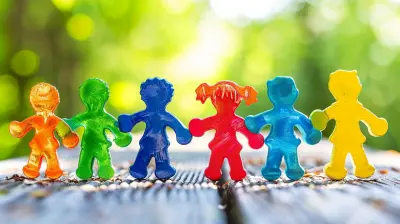Fun Ways to Introduce Your Kids to Hiking
28 October 2025
Getting your kids outdoors can feel like trying to convince a cat to take a bath—challenging, unpredictable, and filled with dramatic sighs. But let me tell you, introducing your children to hiking can be one of the most rewarding things you ever do. It’s not just about the steps they take on the trail—it’s about the memories they make, the confidence they build, and the bond you strengthen with each little summit they conquer.
If you’ve been looking for some fun, creative, and not-so-boring ways to get your kids to swap screens for scenery, you’ve come to the right place. Let's dive into some parent-approved, kid-loved ways to bring the joy of hiking into your family's life.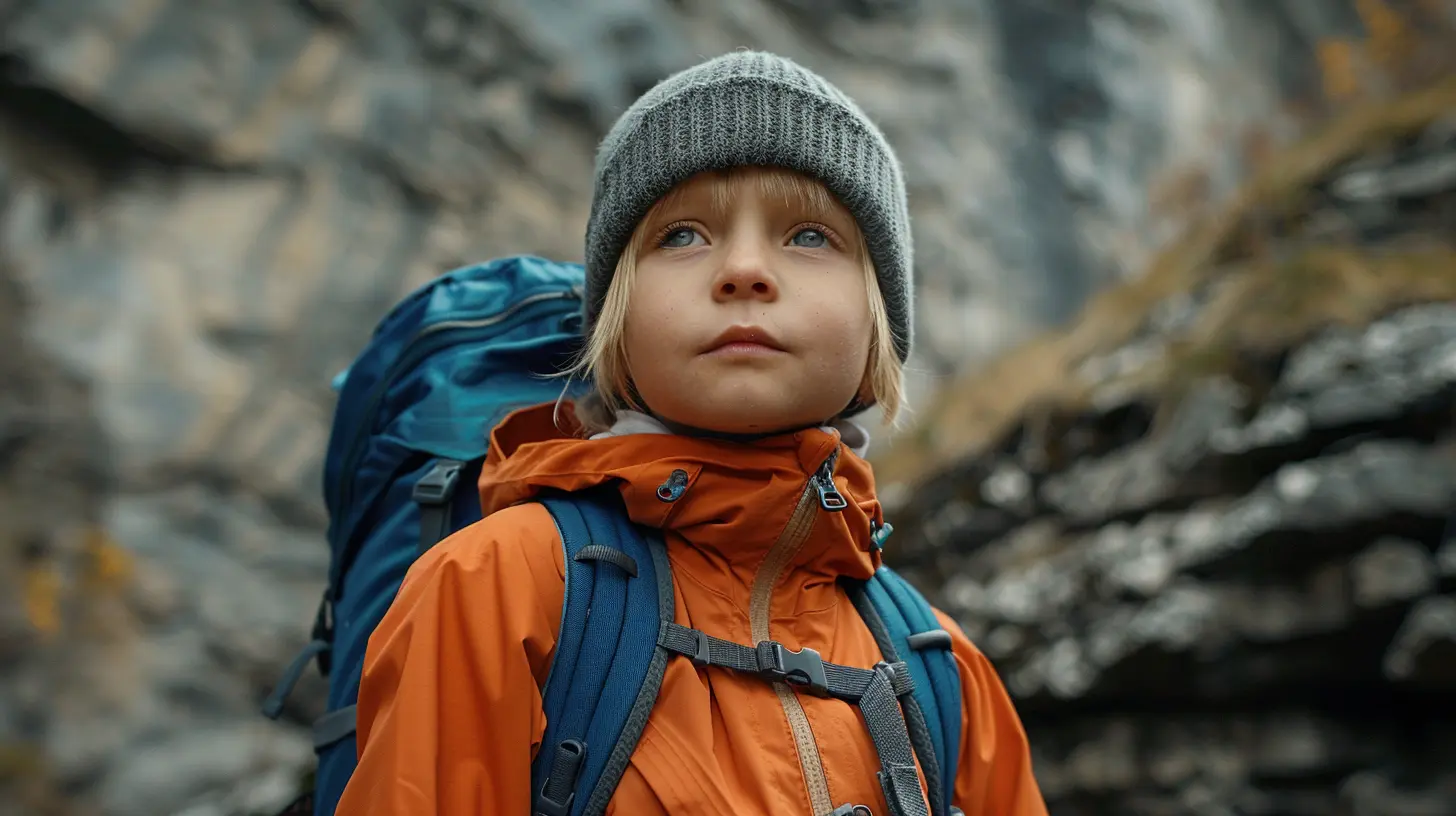
Why Hiking is Totally Worth It for Kids
Before we jump into the how, let’s talk about the why. Hiking isn’t just walking through the woods—it’s a full sensory experience.Kids learn through exploration. Nature throws all kinds of fascinating stuff at them: crunchy leaves, mysterious animal tracks, fluttering butterflies, and yes—even mud puddles. A hike is a real-life science experiment, gym class, and therapy session all rolled into one.
Here’s what hiking can teach your kids:
- Persistence: That hill might look scary, but they can do it.
- Patience: Sometimes the best views come after a long walk.
- Awareness: They learn to listen for birds, spot bugs, and watch for signs.
- Confidence: “I made it to the top!” is worth more than any gold star.
Honestly, it might be the best parenting hack you haven’t tried yet.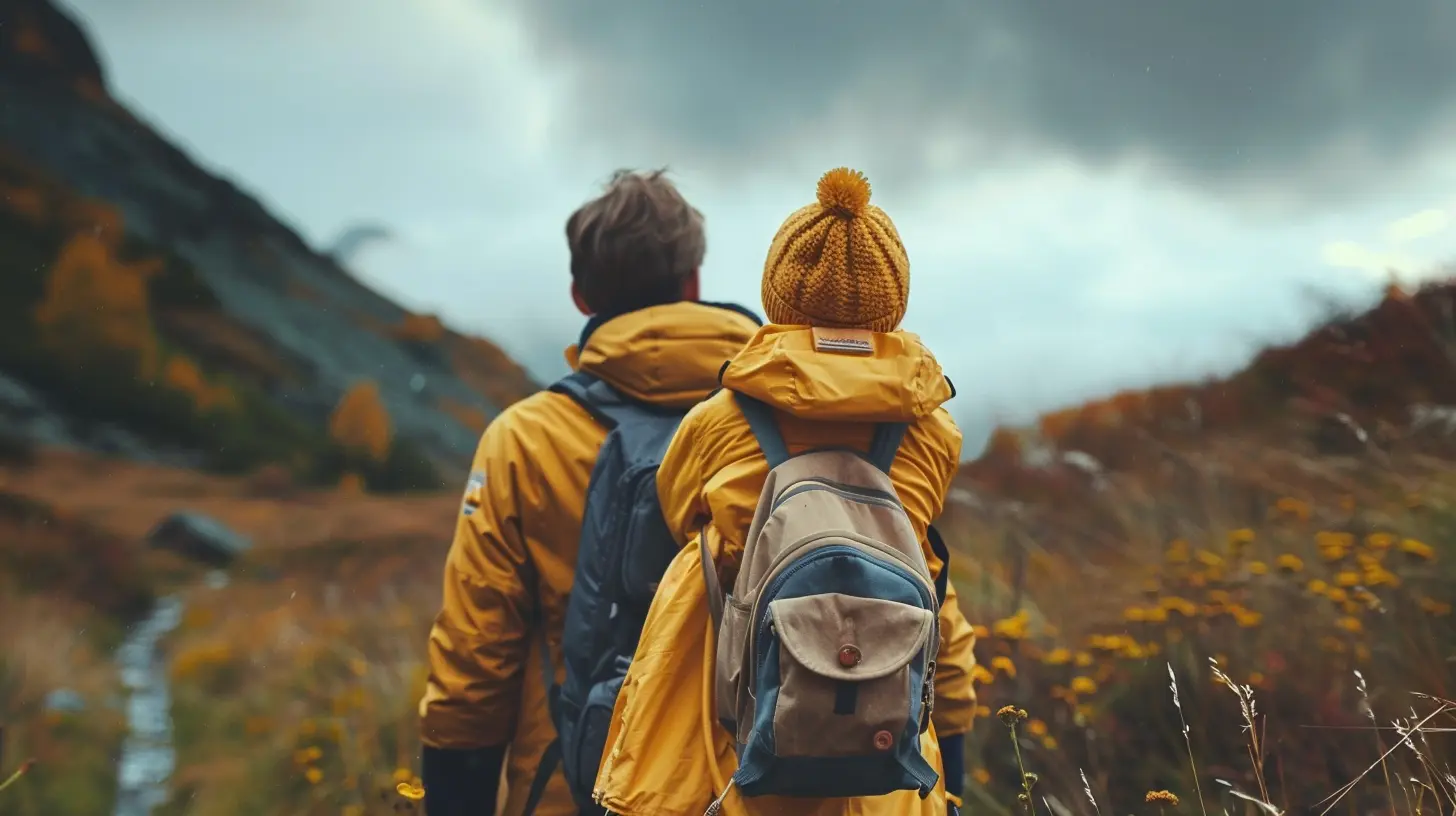
Tip #1: Start Small—Seriously, Think Hobbit-Sized
Planning a 5-mile loop straight out of the gate? Let’s pump the brakes. When kids hear "hike," they often imagine a never-ending march through the wilderness.Start with trails that are short, flat, and filled with interesting things to distract them. Think nature loops, local parks, or even just a walk through the woods behind grandma’s house.
Keep in mind:
- For toddlers, plan for 1/2 to 1 mile.
- Elementary-aged kids can usually handle 2 to 4 miles, especially with breaks.
- Teenagers? Well, you may have to bribe them with snacks, but they can go longer.
The key is to leave them wanting more, not less.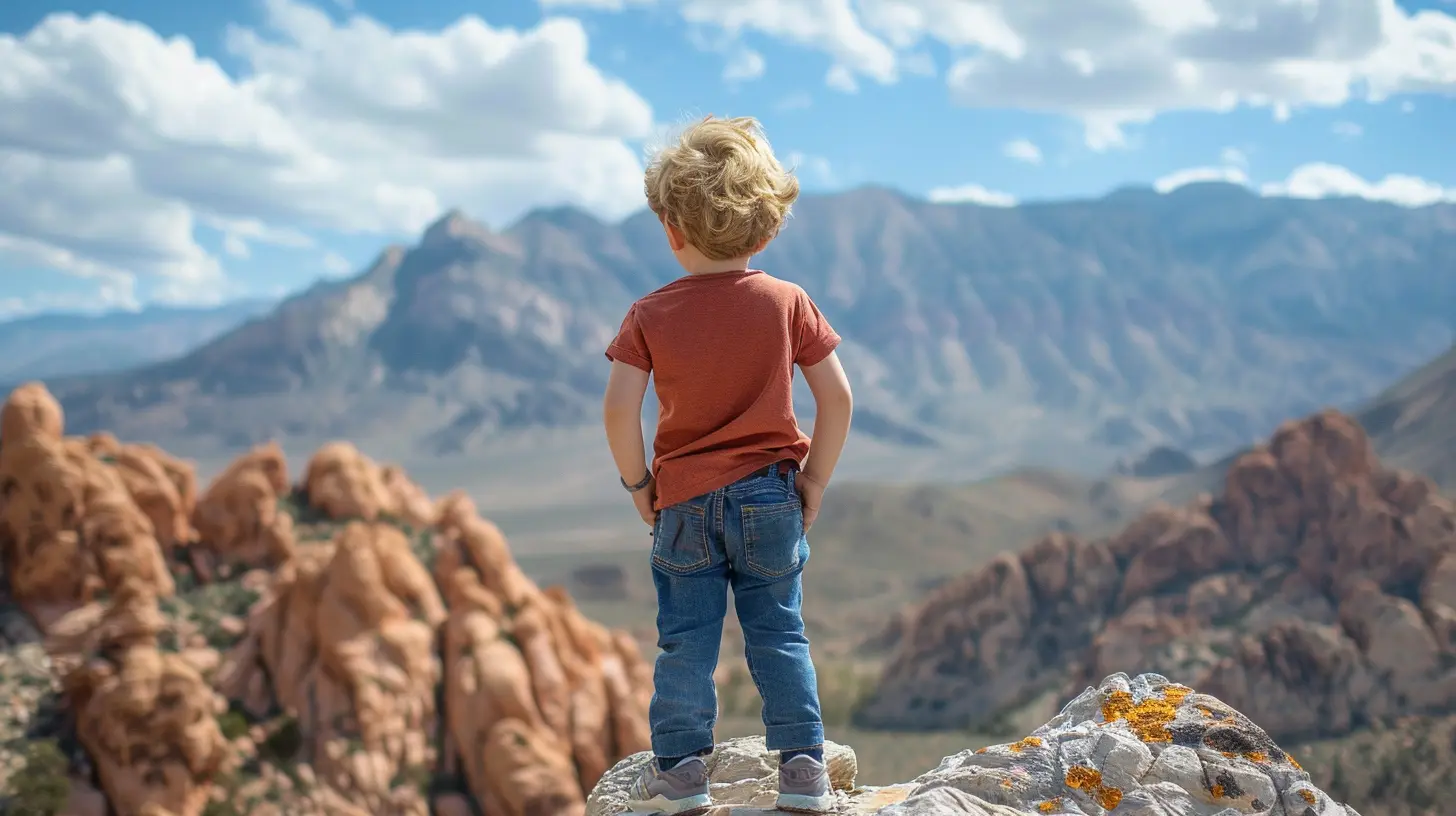
Tip #2: Make It a Treasure Hunt
You know what makes hiking magical? Turning it into an adventure. Kids have wild imaginations—tap into that!Try These Trail Games:
- Scavenger Hunt: Create a list of things to "find" along the way. Think pinecones, a bird feather, a crooked stick, or something red.- Geocaching: This real-life treasure hunt uses GPS to find hidden containers. It's like Pokémon GO meets hiking!
- Nature Bingo: Print out simple bingo cards with nature-themed items to spot.
By adding a sense of discovery, kids forget they’re actually walking. They’re too busy being detectives, explorers, or even wizards on a mission.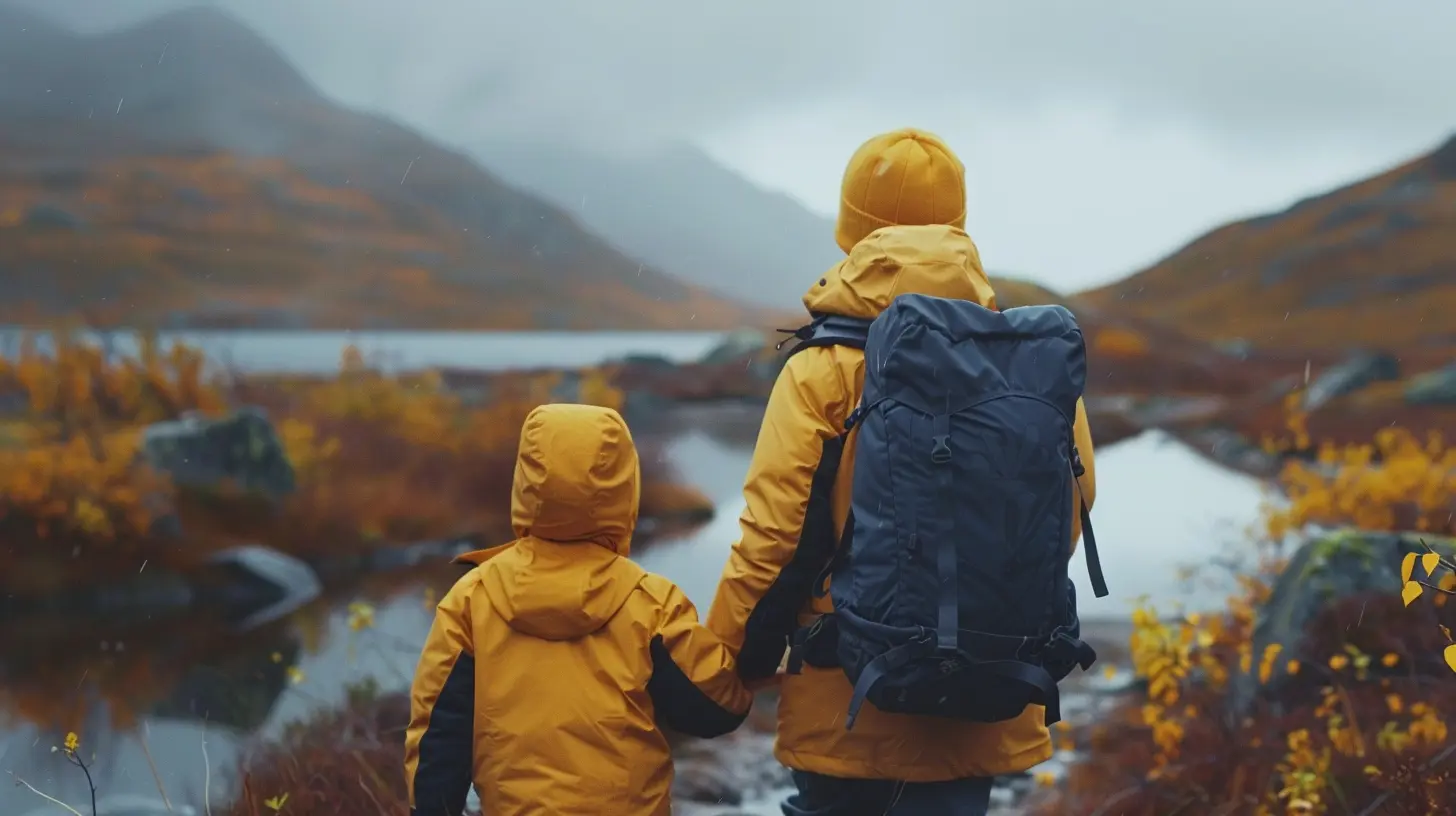
Tip #3: Let Them Take the Lead
This one might feel counterintuitive—what do you mean let them be in charge?! But hear me out.When you give kids a bit of control, everything changes. Letting them be the "leader" on the trail makes them feel empowered. They’re not being dragged through the woods—they're guiding the way.
Even better, let them hold the map (even if it’s one you made at home). Show them how to follow trail markers or point out landmarks. Ask questions like:
- “Which way should we go?”
- “Do you see any markings on the trees?”
- “What does the map say?”
They feel capable. You get a moment to catch your breath. Everyone wins.
Tip #4: Pack Like You're Going to Disney World
Okay, not literally—but you get the idea. Nothing derails a hike faster than a hangry child or one with wet socks.Here’s a family-friendly packing checklist:
- Snacks, snacks, and more snacks (And maybe a treat they don’t usually get—trail mix with M&Ms, anyone?)
- Water bottles (consider collapsible ones if you're packing light)
- Wipes and hand sanitizer
- Bug spray and sunscreen
- Mini first-aid kit (think Band-Aids and itch cream)
- Extra socks (trust me on this one)
- A small backpack for them (let them carry their own stuff—it builds responsibility!)
Also, don’t forget comfortables shoes. Crocs or flip-flops are a no-go. Go for closed-toe, durable shoes with grip.
Tip #5: Make Hiking a Family Ritual
Kids thrive on routine—and they love traditions. Make hiking part of your family's story.Maybe it’s:
- “Saturday Morning Trail Time”
- “Sunset Hikes on Fridays”
- “First Day of School Hike”
Bring a journal and let them draw what they saw. Snap photos and build a “Trail Wall” at home. Celebrate after each hike with ice cream or a campfire story.
The more emotional connections they tie to hiking, the more they’ll beg to go again.
Tip #6: Make the Destination Irresistible
Let’s be real—kids are more likely to get excited about a trail that ends at a waterfall than one that just meanders through trees.Pick trails with a “wow” spot at the end:
- A lake to splash in
- A cool rock formation
- A bridge over a creek
- A lookout with a stunning view
And sometimes, the destination can be lunch! Pack a picnic and tell them, “We’re hiking to our outdoor dining spot.” You might be surprised how fast those little legs move when there's a sandwich at the summit.
Tip #7: Talk, But Also Listen
One of the most beautiful parts of hiking with your kids? The conversations.Away from screens, school, and the chaos of everyday life, you'll be amazed at what your kids open up about. They may tell you about something that happened at school, share a big dream, or just ask wild "what if" questions.
But don’t feel like you have to fill every silence. Sometimes, just walking quietly and listening to the birds together is enough.
Tip #8: Invite a Friend or Pet
Sometimes, the best way to make a hike fun is to turn it into a mini party.Let your kids bring a friend or even the family dog. The group energy helps distract from tired legs, and suddenly, the trail becomes a playground.
Pets, especially dogs, can be great motivators for kids. Just be sure the park or trail allows animals and always clean up after your furry friend.
Tip #9: Celebrate the Little Wins
Every hill climbed, every mile completed—it all deserves a high five.Take a group photo at the end of each hike. Keep a “Hiking Passport” and stamp it after every adventure. Maybe even give small rewards like a fun patch or sticker for achieving new distances.
Celebrating progress builds motivation. They’ll start to see themselves as hikers—and that’s a pretty cool identity to wear.
Tip #10: Keep It Chill—This Isn’t Boot Camp
Let’s face it: not every hike will be magical. There will be meltdowns, bug bites, and “Are we there yets?”When that happens, remember—this isn't about conquering mountains. It’s about being together.
If the trail isn’t going well, turn around. Let them know it’s okay to try again another day. Your kids will remember how they felt on these hikes more than how far they went.
Keep it light. Keep it fun. And always pack a sense of humor—you're gonna need it!
Bonus Ideas for Trail-Time Fun
Still need some fresh ideas? Try these:- Storytelling Walks: Take turns adding to a silly story as you hike.
- “I Spy” Trail Edition: Great for younger kids to keep them looking around.
- Photography Hike: Give them an old phone or kid-friendly camera to snap “nature photos.”
- Nature Art: Collect leaves or twigs (where allowed) to make art at home.
When to Hike with Kids (And When to Skip It)
Best times to hit the trail with children:- Mornings: Beat the heat and the crowds
- Cooler days: Avoid sweltering temps
- Spring or Fall: Nature puts on a show
Days to call it off:
- When they’re already grumpy or tired
- In extreme weather
- If you’re feeling rushed (Hiking with kids should never be about the clock)
Final Thoughts: Hiking Is a Journey You’ll Be Glad You Took
Let’s be honest—parenting is a wild ride. But hiking gives us those rare, screen-free moments where time slows down, and we just are. No pressure, just presence.When you introduce your kids to hiking in fun, age-appropriate ways, you’re not just giving them a new hobby. You’re gifting them resilience, curiosity, and a love for the world around them.
So grab some snacks, lace up your boots, pick a trail, and let the adventure begin.
Who knows? You might raise the next generation of trailblazers—muddy socks and all.
all images in this post were generated using AI tools
Category:
Outdoor ActivitiesAuthor:

Zelda Gill
Discussion
rate this article
1 comments
Duke James
Hiking is an excellent way to bond with your kids while fostering their love for nature. Start exploring together today!
November 2, 2025 at 5:21 PM

Zelda Gill
Absolutely! Hiking is a fantastic way to create lasting memories with your kids while instilling a passion for nature. Happy trails!


